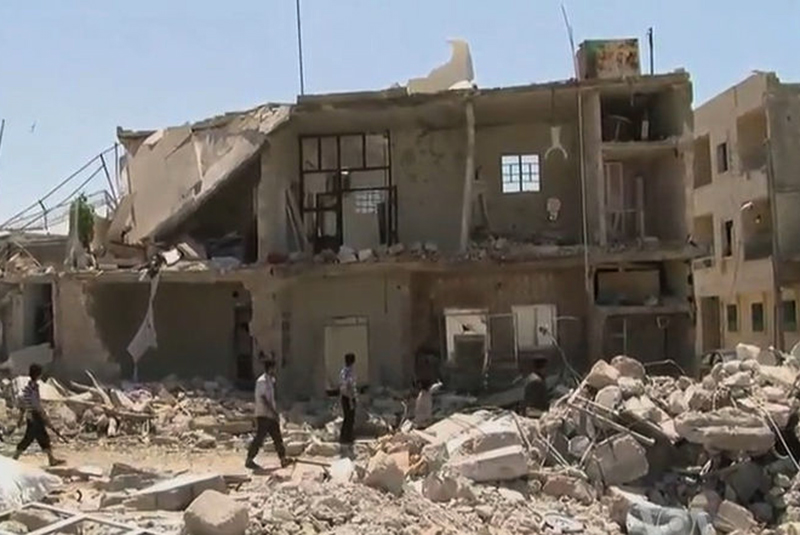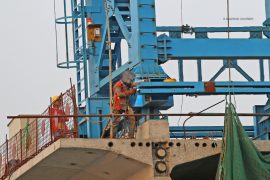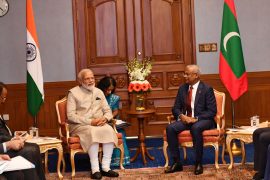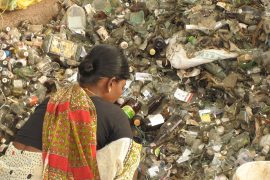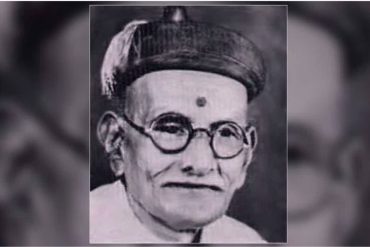Eastern Ghouta is a suburb of Damascus. Before the war, it was an expanding part of the commuter belt where families would settle and travel the short 10 kilometers (6.2 miles) into central Damascus city for work. The original inhabitants of the area would sell their produce from their small farms. In the years since the war began, control of the area has shifted from a mix of opposition forces, and the Syrian regime besieged it in late 2013. Since November 14, 2017, the regime escalated its attacks on the population of 400,000 people.
Death and starvation now haunt the suburb, with an estimated11.9 percent of children under five suffering from acute malnutrition because of the drastic lack of food supplies. Although Eastern Ghouta is so close to the capital, the disparity in the price of basic food supplies is stark. Where a kilo of salt sells for 0.50 USD on the streets of Damascus, it sells for 6.50 USD in Ghouta, and a kilo of fruit that goes for 0.50 USD in the capital is inflated to 9.00 USD in Ghouta. The citizens are not just being bombed, they are being starved.
Mohamad al-Abdallah is a 24-year-old photographer who lives under daily shelling with his wife and seven-month-old baby. Mohamad left the relative security of the shelter his family has been living in for the last five days and stood in its doorway to find a phone connection so we could speak. He began streaming from his phone camera to show me what he calls his “ghost city” and suggested I talk to the few people still daring to walk in the streets.
Copyright©Madras Courier, All Rights Reserved. You may share using our article tools. Please don't cut articles from madrascourier.com and redistribute by email, post to the web, mobile phone or social media.Please send in your feed back and comments to [email protected]

